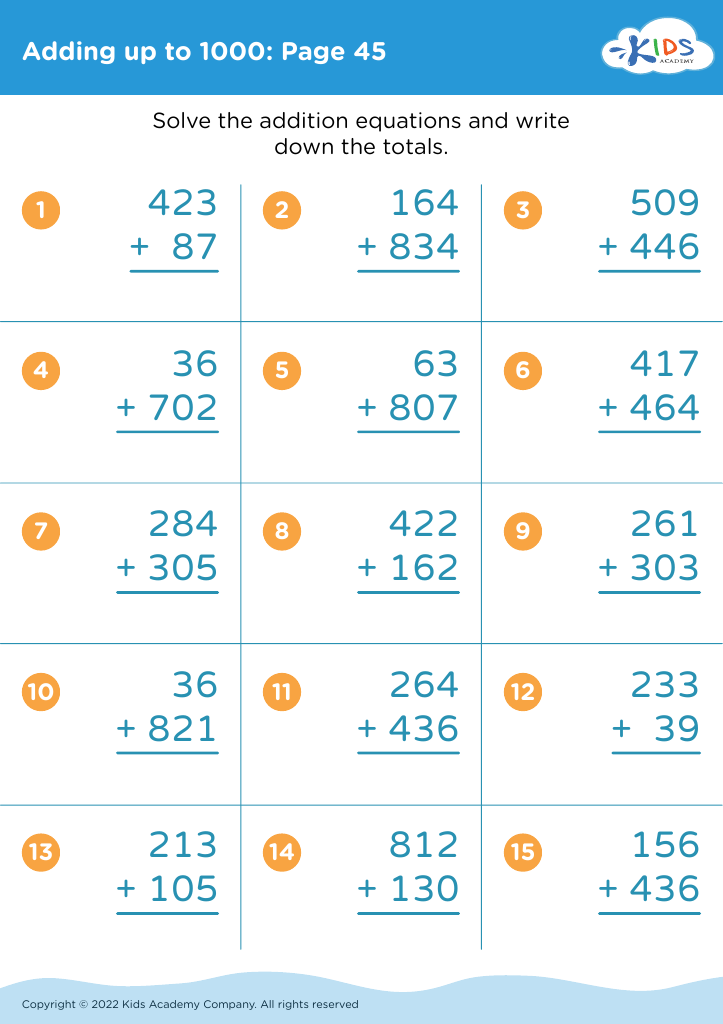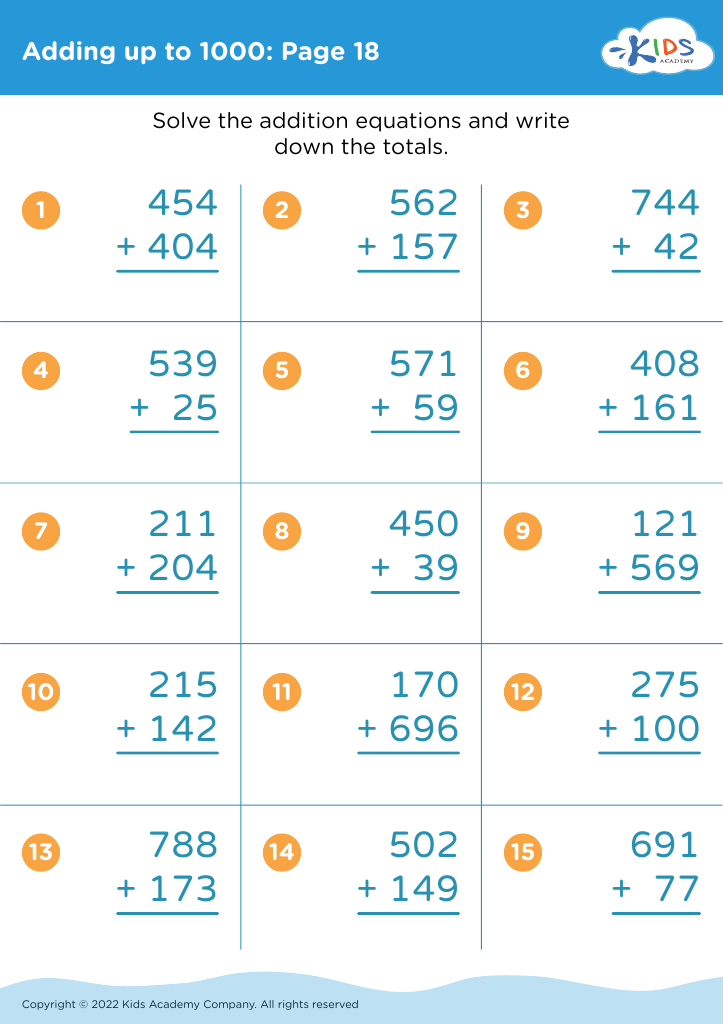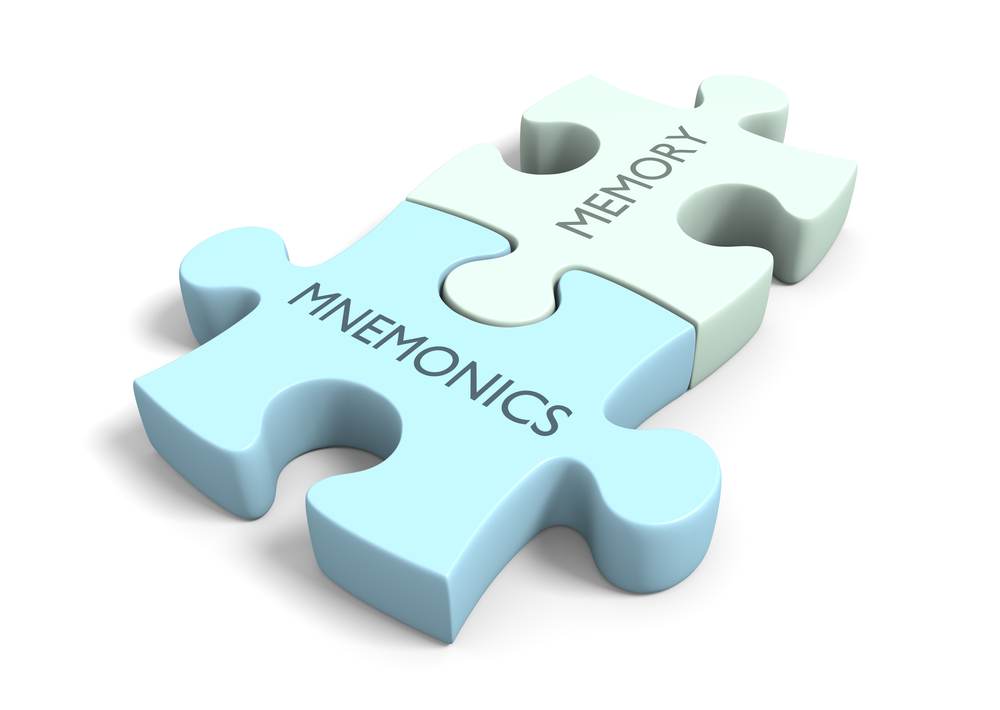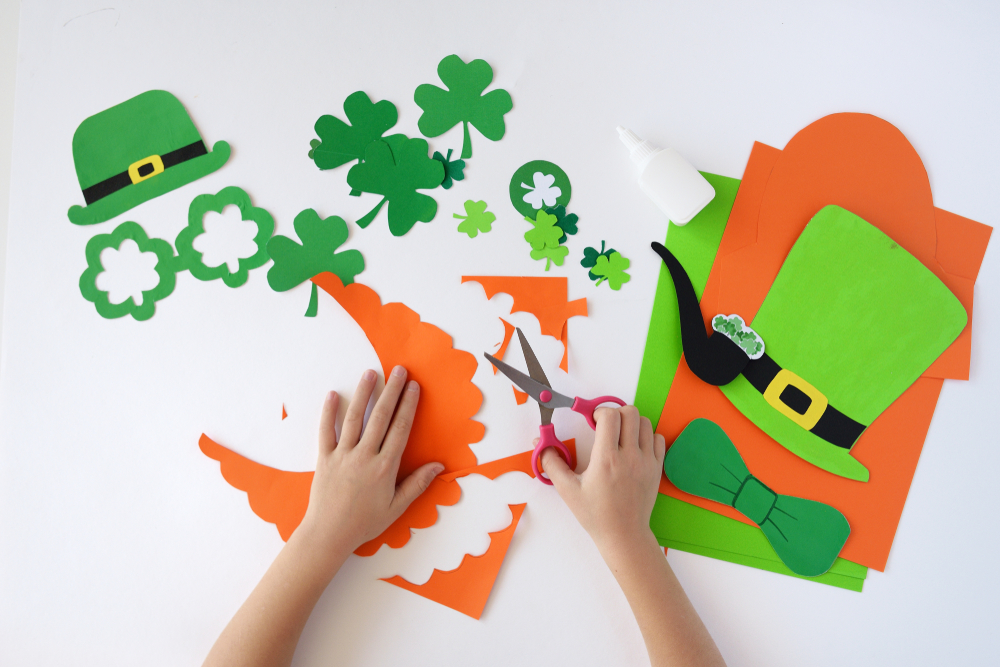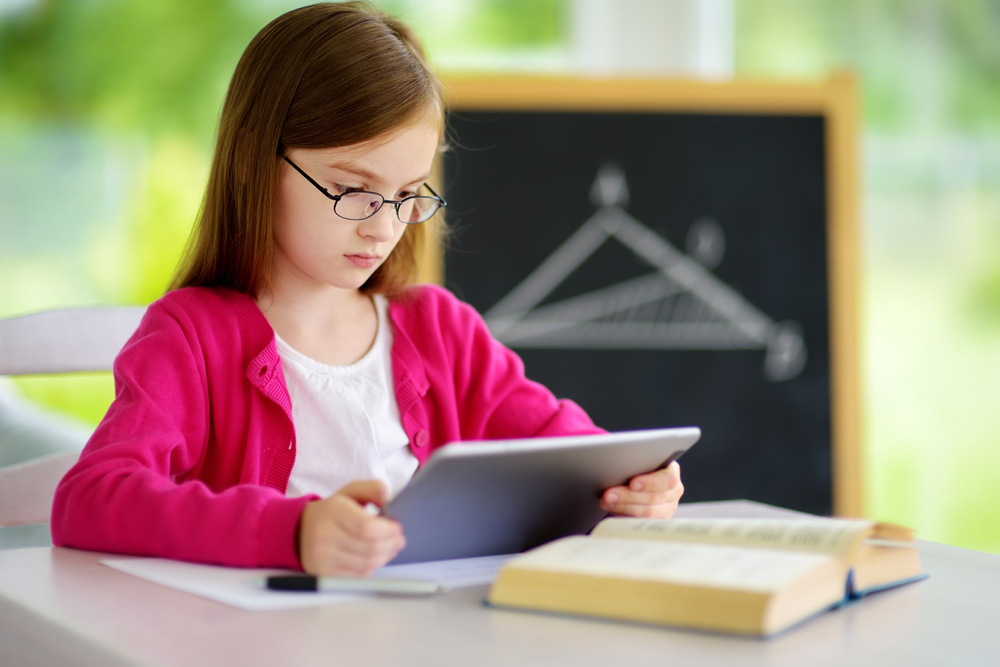Spatial awareness Math Worksheets for 9-Year-Olds
7 filtered results
-
From - To
Boost your child's spatial awareness with our engaging math worksheets designed specifically for 9-year-olds. These interactive resources make learning fun while fostering critical skills in visualization, coordination, and geometry. Our worksheets feature a variety of activities, including shape recognition, pattern identification, and problem-solving tasks that encourage children to understand spatial relationships. With colorful illustrations and age-appropriate challenges, these worksheets help enhance your child's math proficiency and build confidence. Ideal for classroom use or home learning, these activities provide a solid foundation for advanced mathematical concepts. Explore our collection today and watch your child's spatial skills flourish!
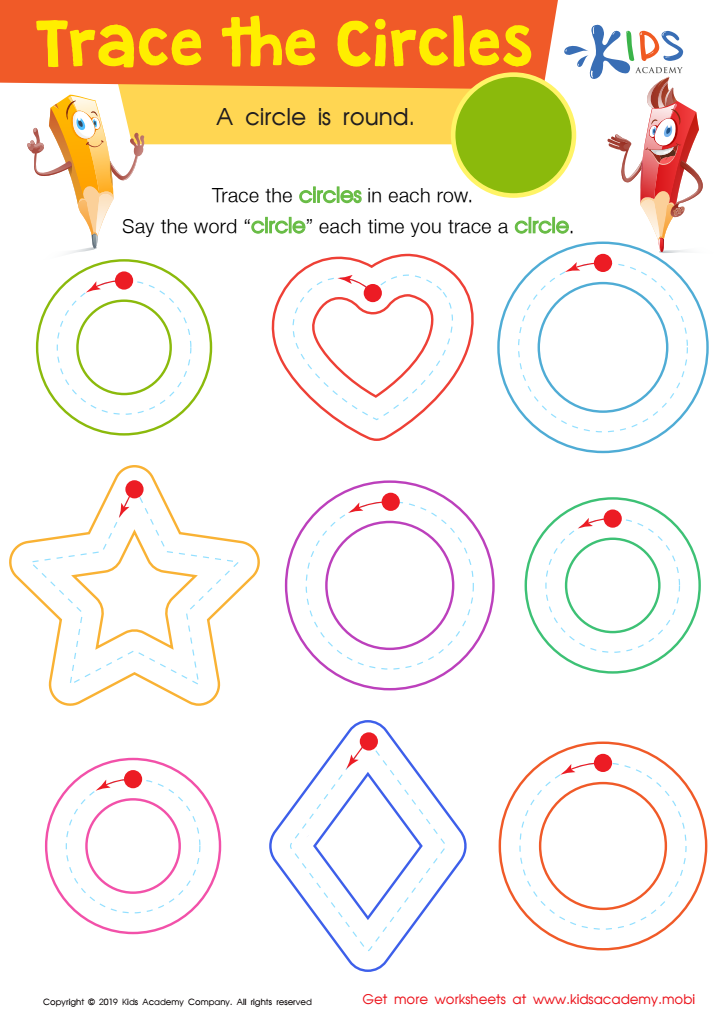

Trace The Circles Worksheet
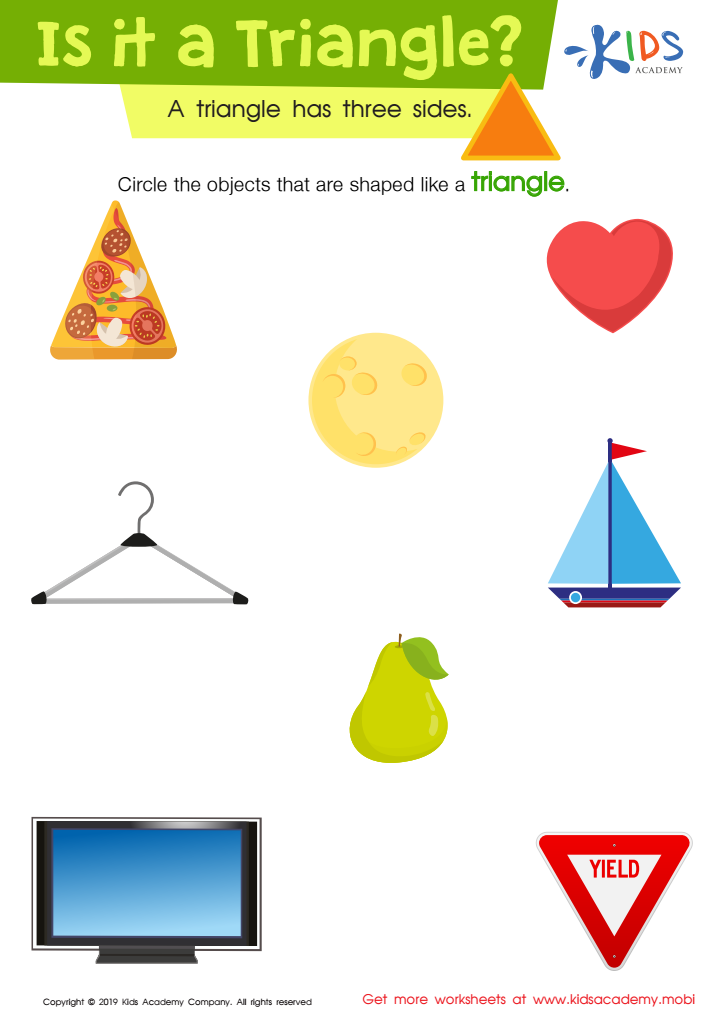

Is It a Triangle? Worksheet
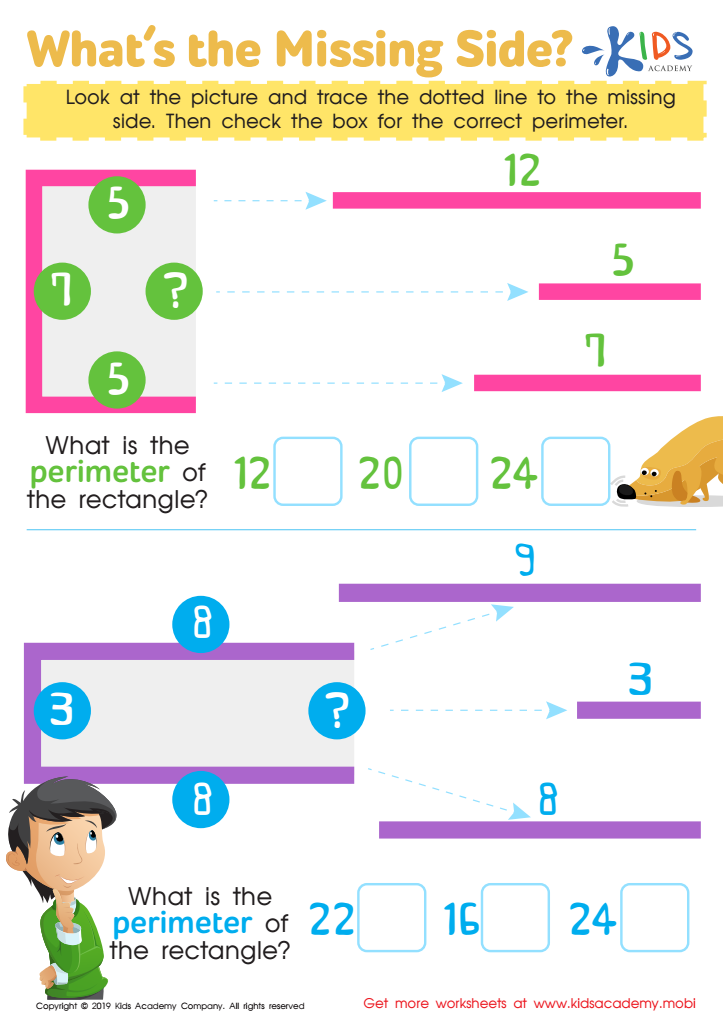

What's the Missing Side Worksheet
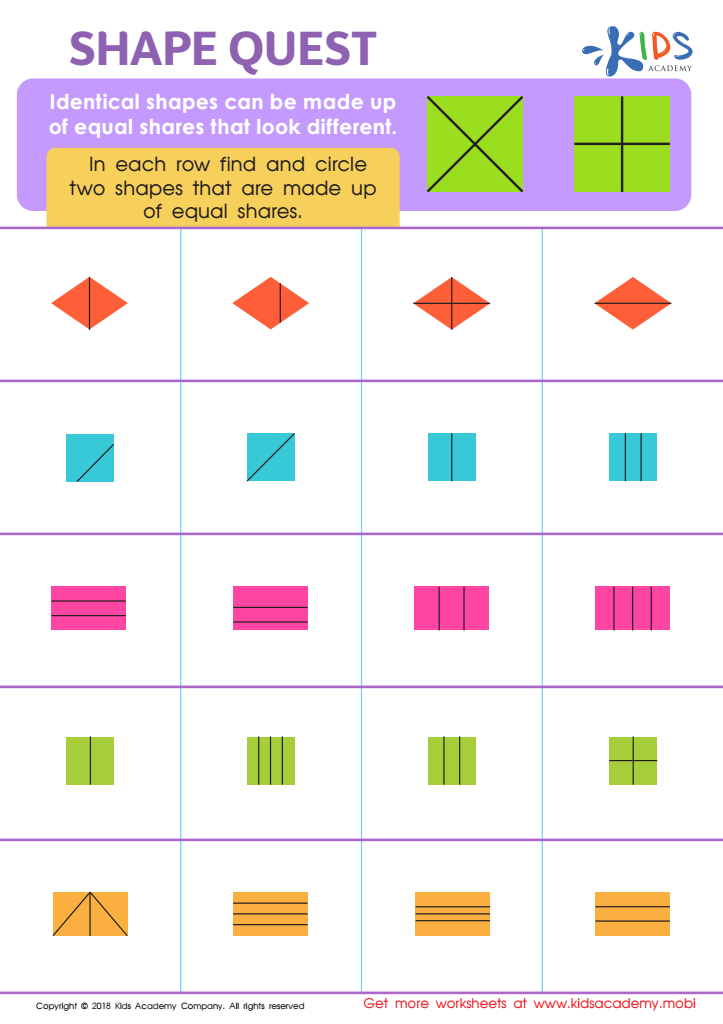

Shape Quest Worksheet
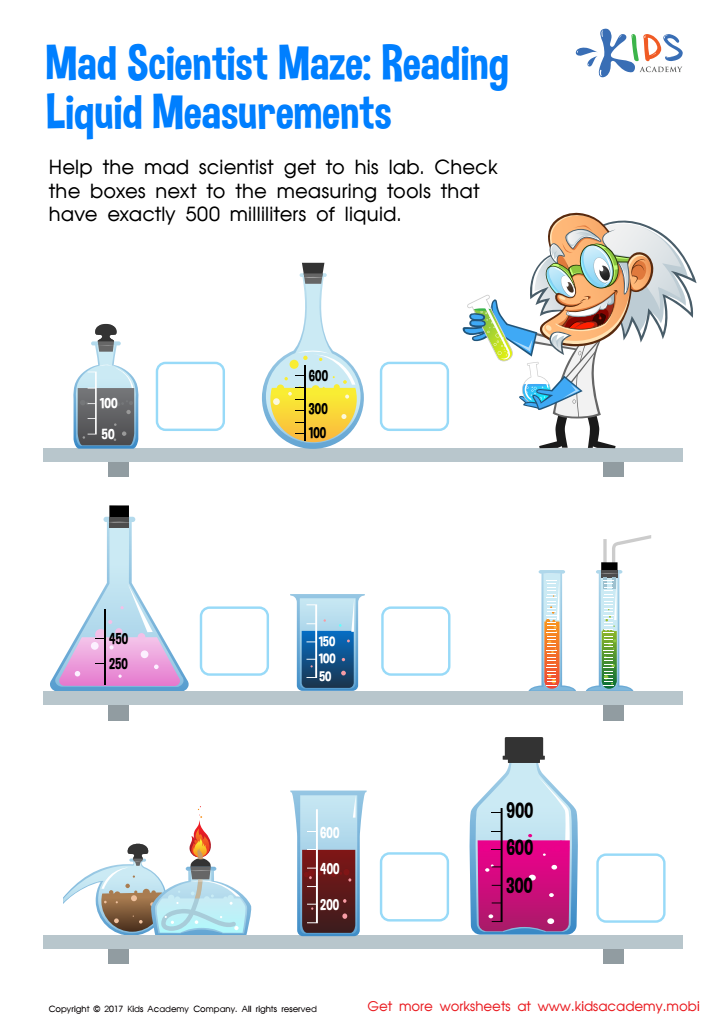

Reading Liquid Measurement Worksheet
Spatial awareness is a fundamental cognitive skill that helps children understand how different objects relate to one another in space. For 9-year-olds, developing spatial awareness can significantly enhance their mathematical abilities. At this developmental stage, children encounter more complex geometric concepts and spatial reasoning tasks, such as measuring, mapping, and working with shapes.
When parents and teachers prioritize spatial awareness, they equip children with critical skills that extend beyond mathematics. Understanding spatial relationships enhances problem-solving abilities and logical thinking, which are essential in various academic disciplines and real-life situations. Additionally, studies have shown that spatial awareness is linked to success in subjects like engineering, science, and technology.
Early intervention is key; engaging children in activities like puzzles, building blocks, and interactive games can strengthen their spatial skills. This interdisciplinary approach not only fosters a love for learning but also promotes better performance in standardized tests and assessments.
Moreover, strong spatial awareness contributes to everyday tasks such as navigation and understanding maps, making it a crucial life skill. Therefore, investing time and resources into developing spatial awareness in children can lead to long-term academic and personal benefits, cultivating well-rounded individuals equipped for future challenges.
 Assign to My Students
Assign to My Students

